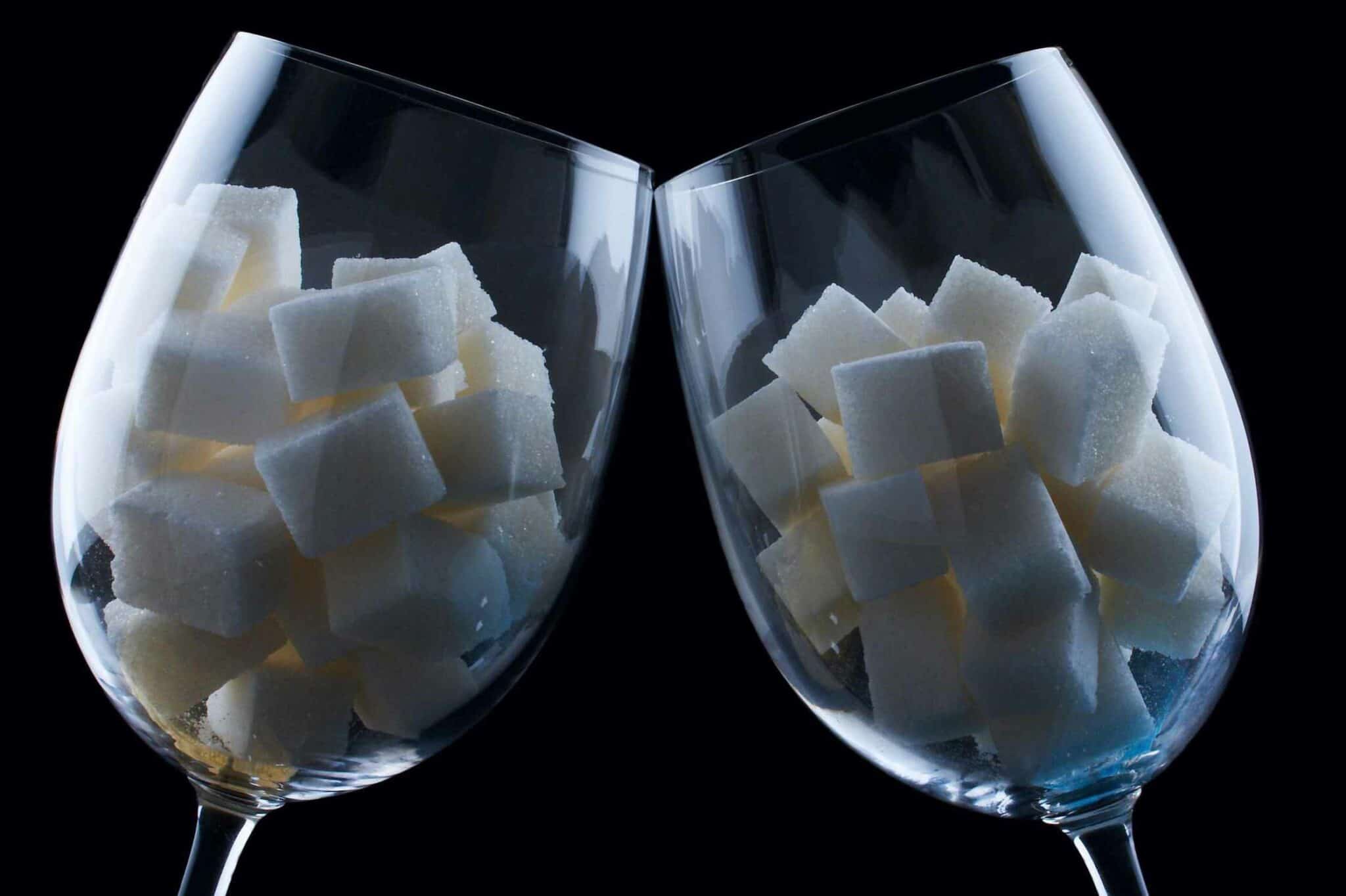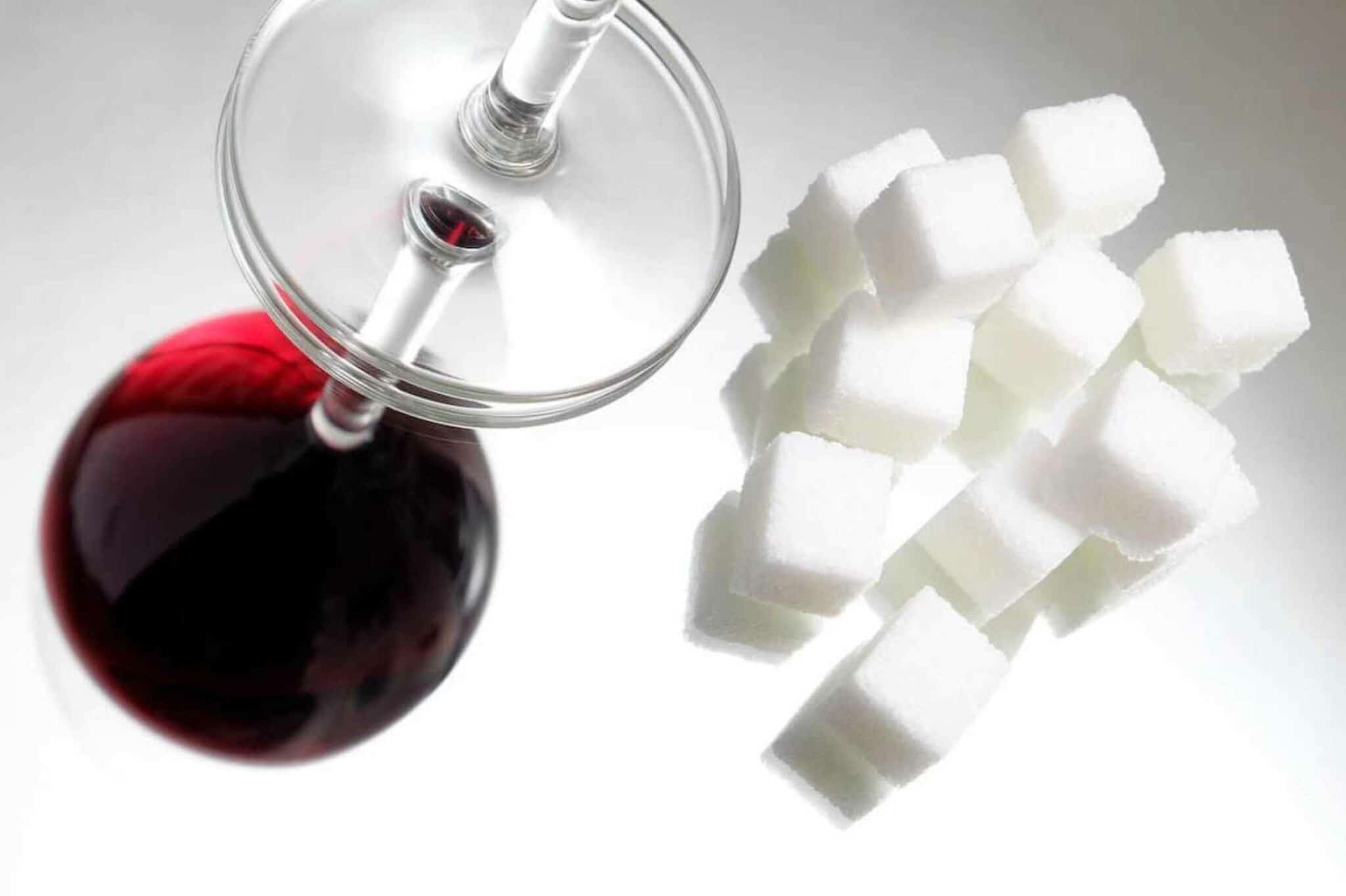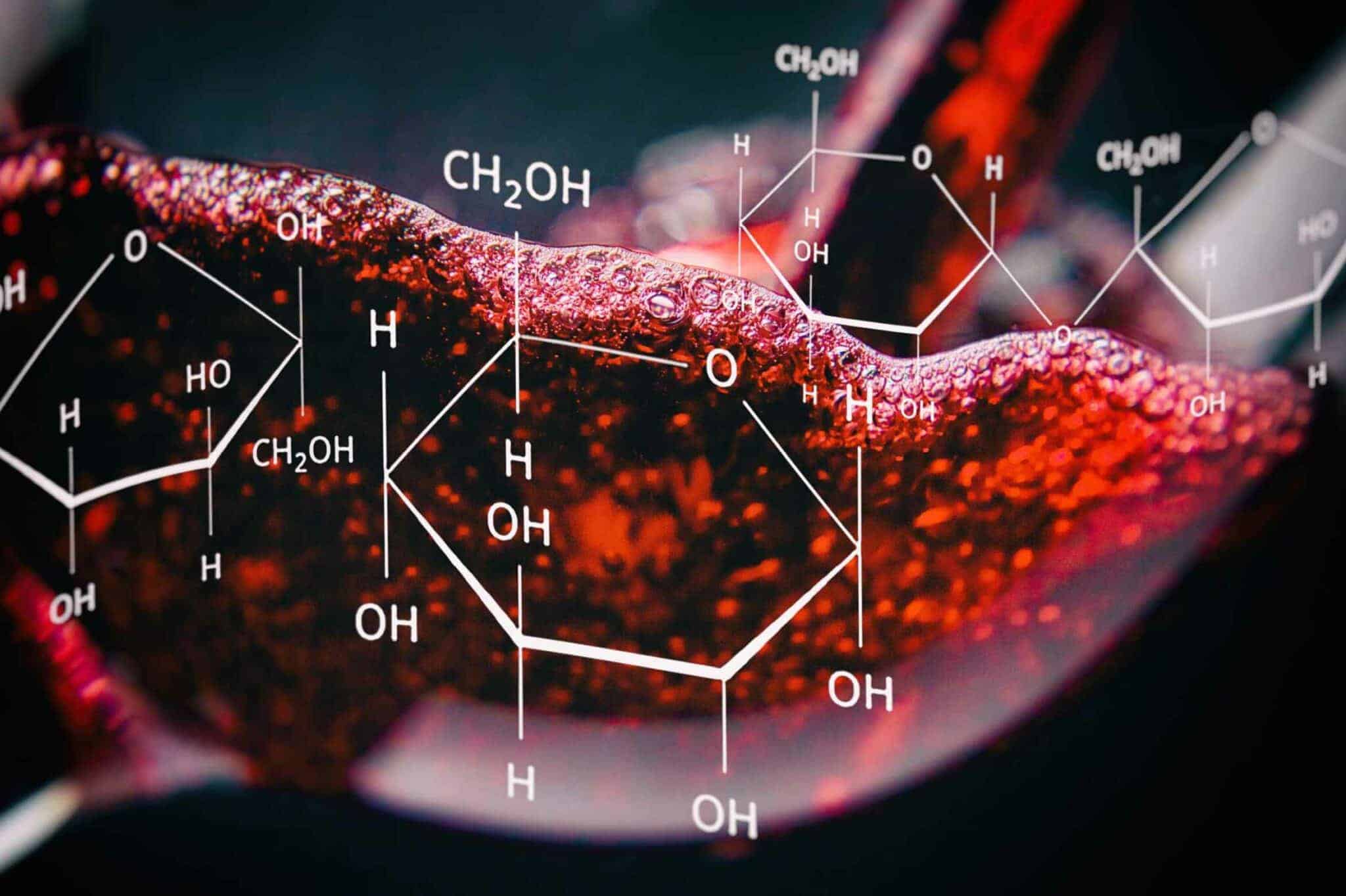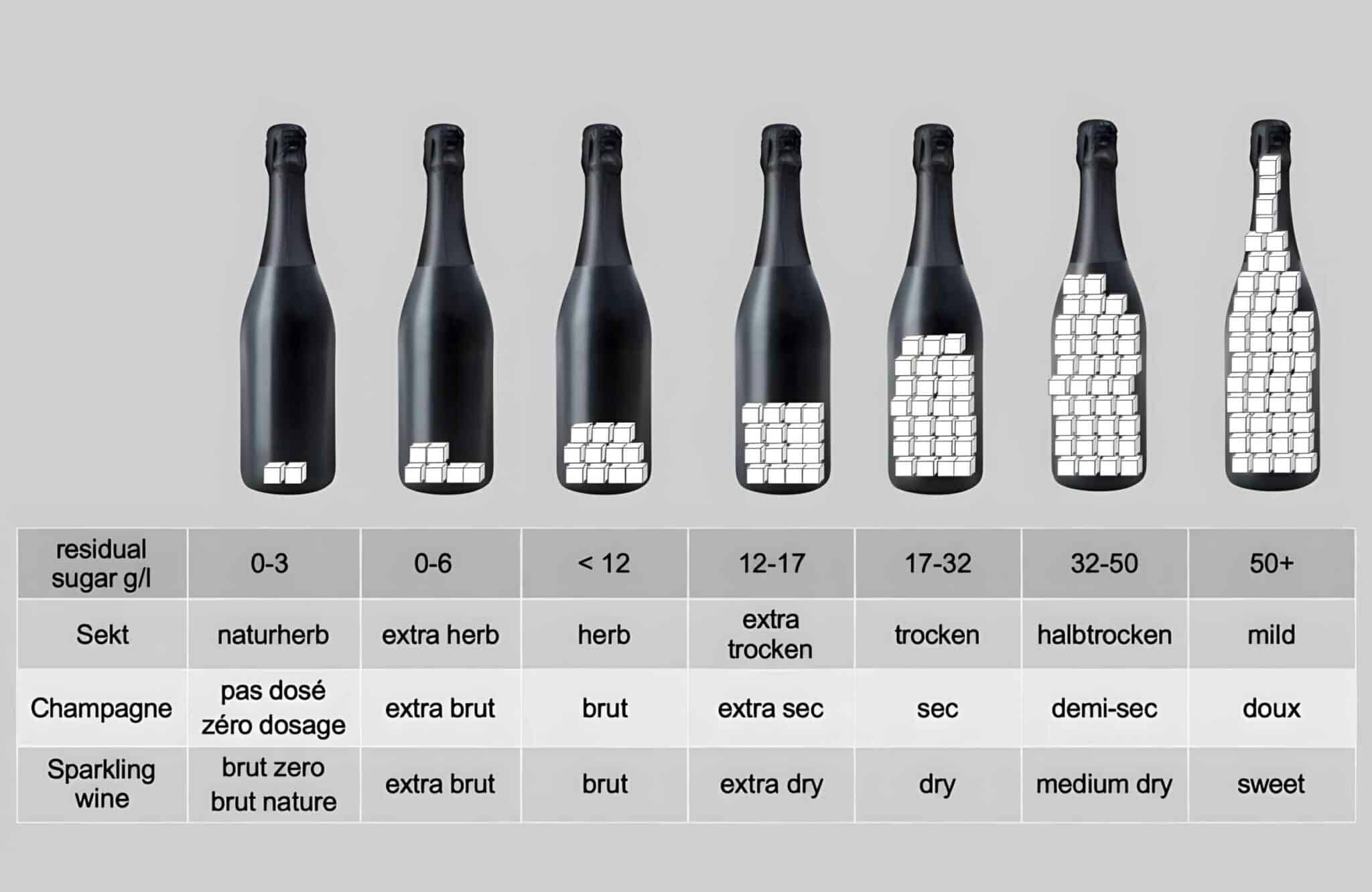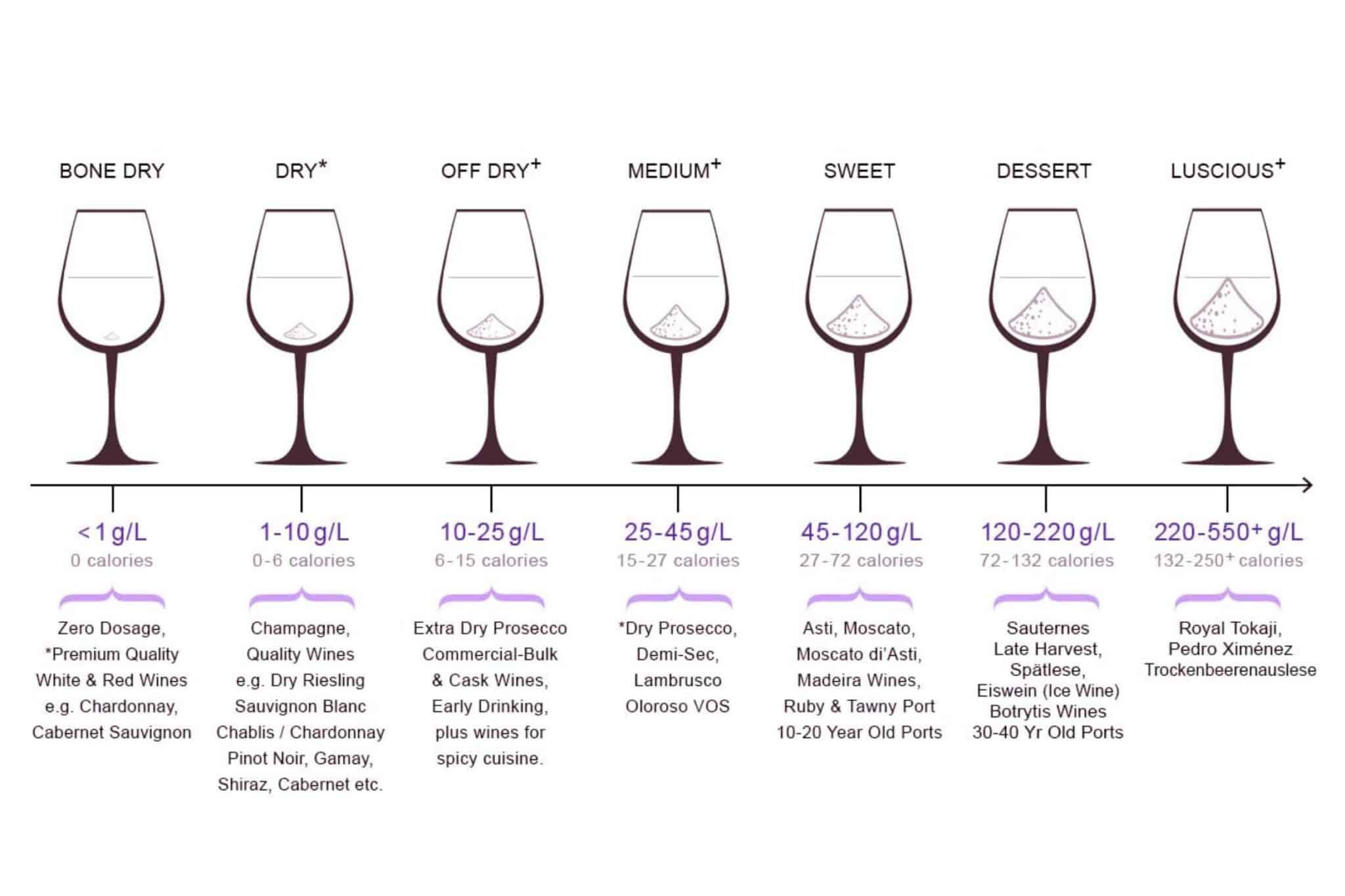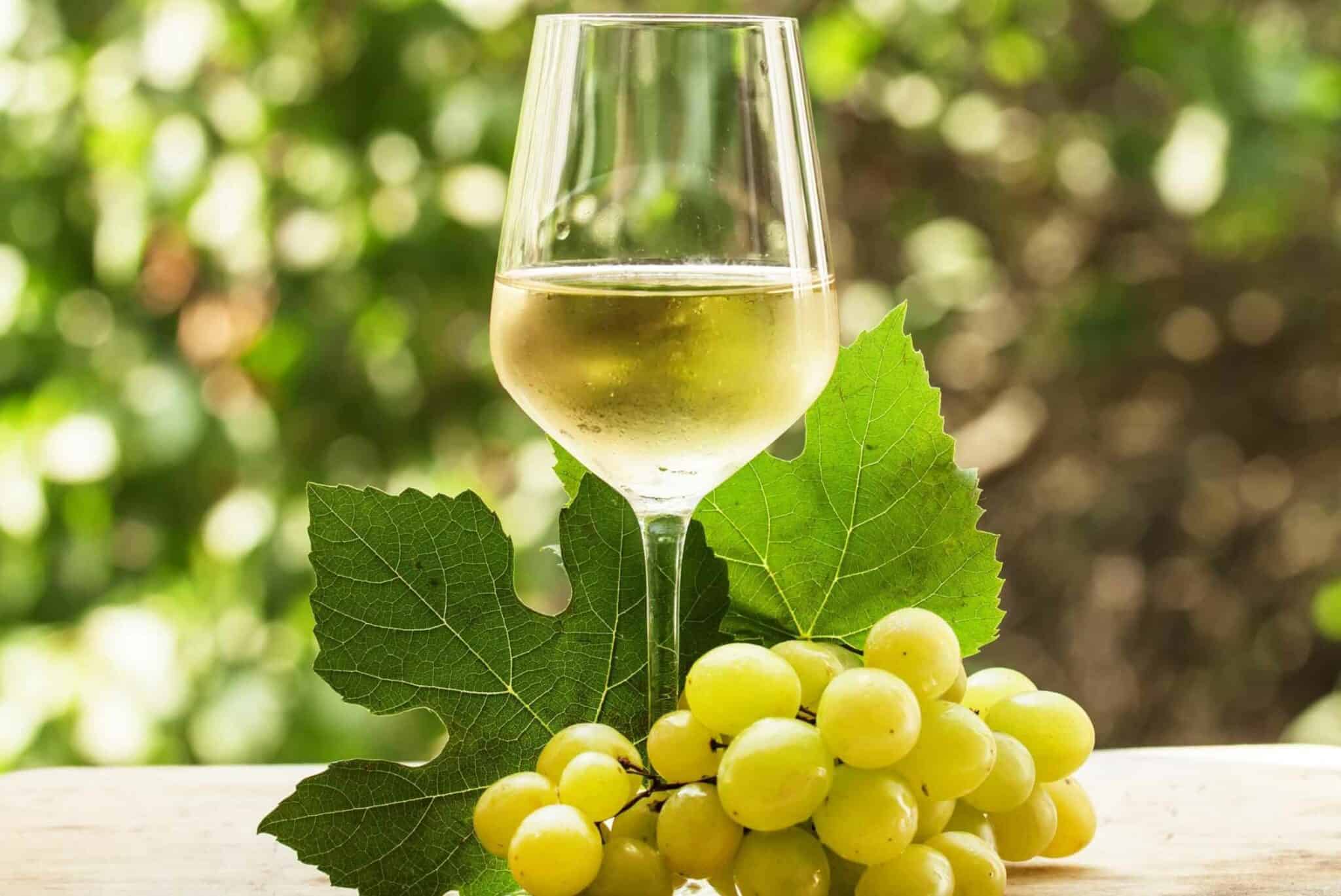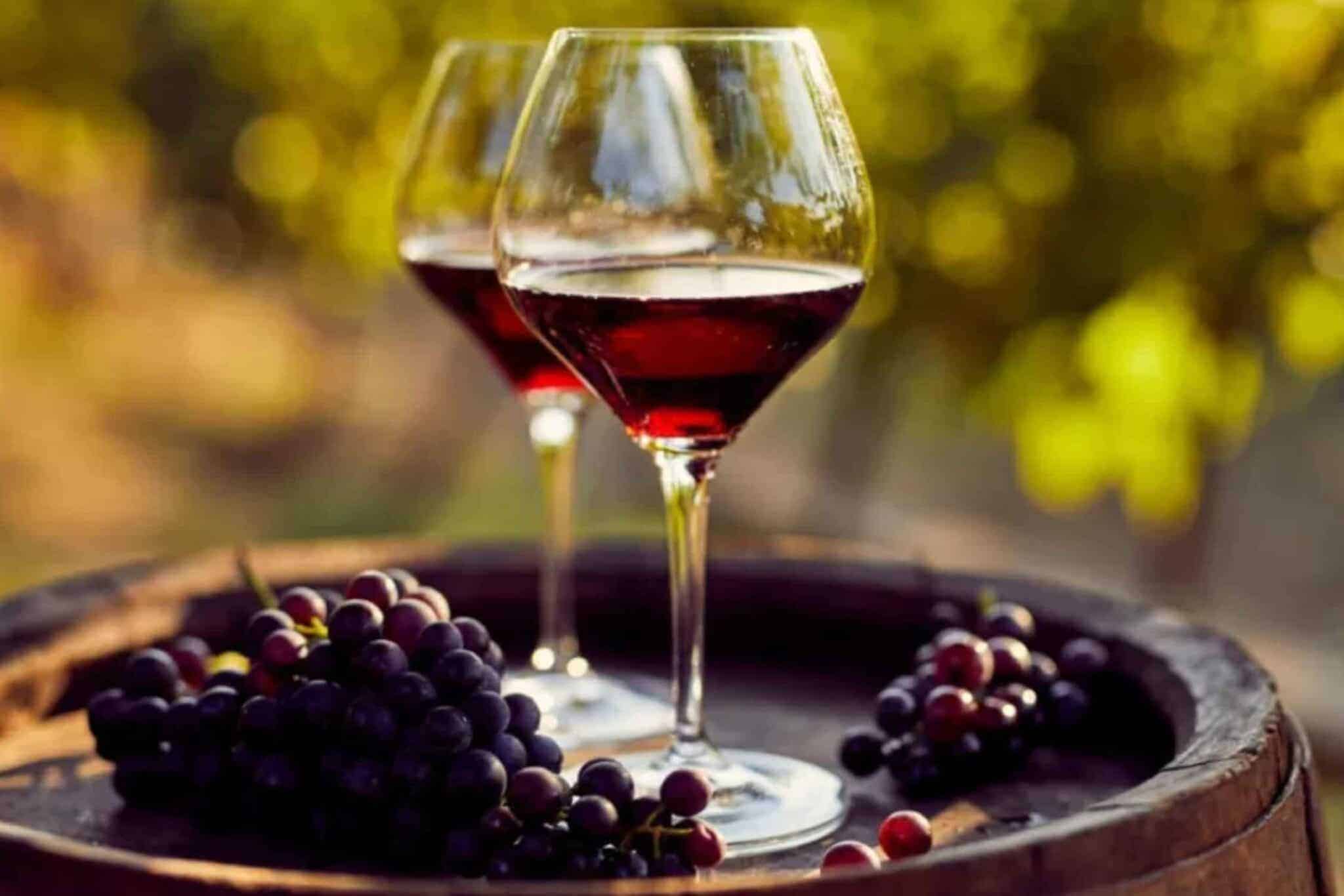The issue of how much sugar is in wine seems to be a trending topic today. With the popularity of the keto diet plan and intermittent fasting, wine lovers are curious about how they can enjoy wine without consuming too much sugar.
After all, wine has more powerful benefits than its shortcomings and downsides. Having a glass of wine on one beautiful, sunny day with your loved ones is healthy for the heart and soul. On top of everything, wines have fantastic health benefits.
In this write-up, we cover one of the controversial topics about wine. This article discusses why wine has sugar, where it comes from, and how much wine is on a bottle. So, please stay in the loop, and here we go!
Why is there Sugar in Wine?
Naturally, people can find sugar in wines. Whether a cooking wine or a red or white blend, you can find a small or massive amount of sugar in the wine. Generally speaking, the variety of wine would dictate how much sugar there is.
So, why is there sugar in wine? As we all might be aware now, the primary ingredient of a wine is grapes. And grapes naturally have sugar. To enjoy the sweet nectar we have as wine, winemakers extract the grape juice and ferment the wine for some time.
This fermentation process happens by adding yeasts. Alongside, natural sugars slowly shift and melt down into ethanol and carbon dioxide. Later on, these compounds would be the alcohol you love and enjoy.
Some sugars are not converted during the fermentation process. We call them residual sugars. That’s why you often find and taste some sugar when drinking wine. But on the contrary, aged wine contains less sugar since winemakers ferment it for a long time.
The truth is the process may entirely be tricky and complicated. But this is the whole picture of the winemaking process. So, unlike artificial sweeteners like fructose syrup added in soda and other beverages, wines naturally have sugars.
Where Does the Wine in Sugar originate?
Not only does wine have natural sugars, but there are also a lot of factors involved in the amount of sugar in the wine. Most of the time, winemakers produce high-sugar wines because they choose to leave the grapes for more extended periods before picking them up.
Due to this, we have what we call “late harvest wines,” which are sweeter since the grapes used to create them are extra ripe when selected. On top of that, fortified wines like port wines have an iconic sweet taste since winemakers add distilled spirits like brandy before fermentation.
Further, winemakers add additives that contribute to the amount of sugar discovered in wine during fermentation. These additives include preservatives, sweeteners, and artificial colors. Winemakers may add any natural ingredients to enhance the wine taste.
Chaptalization is the process where winemakers add more sweeteners during fermentation. Usually, this practice is famous in cooler wine regions like Oregon, where grapes ripen much slower than usual.
However, this fact may not be the same for all types of wine. Instead of additives and chemicals, manufacturers produce most wines like Usual Wines using traditional methods. On top of that, winemakers gather only small batches of sustainable and locally farmed grapes without adding sugar.
How Much Sugar in a Wine Bottle?
The level of sugar in a wine bottles that you can find in a bottle of wine varies. It can range from around 4 grams to 58 grams. But of course, the amount of sugar will change depending on the type of wine.
So, in case you want to know the sugar levels, it will be helpful to always look for the wine’s bottle label. The wine’s designation will help you make informed choices about its overall content.
How Much Sugar in a Glass of Wine?
Depending on the variety of wine, one single glass of wine has around 1 gram to 8 grams of sugar. White, red, and dessert wines have different quantities of sugar. But it is safe to assume that red wine has the least sugar of all three standard wine blends, followed by white wine.
On the contrary, dessert wine is extra sweet; experts say it’s nearly sixteen times sweeter than red blends and eight times more than white blends.
How Much Sugar in White Wine?
White wines may contain as small as 1.5 grams of sugar. But again, this sugar level depends on the type and brand of wine and the amount you want to consume. If you’re a wine lover, you’ll know that white wines are crisper, lighter, and sweeter drinks.
Plus, with its popularity, white wines are now more accessible in the market. Do you like to explore white blends? Here are the most popular types of white wine you can try.
Amount of Sugar in White Wine Bottle
There are about 7.2 grams of sugar in a white wine bottle. For comparison, a single snack of Reese’s Peanut Butter Cup contains around 10.5 grams of sugar. From this, you can see that the sugar in a white blend is much lower than in the daily snacks and beverages.
So, it’s okay to love white wines rather than red blends. While sugar is one of the ingredients, we consider when looking for a wine, white wine is safe if you’re on a diet.
Amount of Sugar in White Wine Glass
According to the USDA or United States Department of Agriculture, a standard 6-ounce white wine glass has around 1.73 grams of sugar. Compared to red blends, that’s sixty-four percent or 0.61 grams of sugar.
This additional sugar component is one of the reasons you may often hear that red blends are much better than white wines. However, while you may find more sugar on white blends, drinking and having this beverage would not be wrong.
You can always have white blends by sticking to the standard wine serving. Furthermore, having a glass of white wine has some powerful health benefits daily.
How Much Sugar in Red Wine?
And now, let’s head on to the crowd’s favorite wine, red blends. Red wine may contain as lower as 1 gram of sugar. However, this sugar component may change depending on the brand and your daily wine intake.
Amount of Sugar in Red Wine Bottle
According to the USDA or the United States Department of Agriculture, a single bottle of red wine has around 4.64 grams of sugar. But still, even if you drink an entire bottle of wine, you’ll consume less sugar when you drink a full glass of soda.
Amount of Sugar in Red Wine Glass
A standard six-ounce red wine glass contains 1.12 grams of sugar. At first sight, it seems like it’s a massive chunk of sugar. But when we compare it to a glass of soda, there are around 12 grams of sugar which are way higher.
That’s why we often hear doctors prefer and recommend red blends since they have the lowest sugar level out of all wines. So, red wine may be the safest option if you like to be careful about your wine intake.
For more in-depth information on how much sugar there is in wine, here is a summarized chart providing the estimated number of grams of sugar in different types of wine.
|
Type of Wine |
Examples of wine |
Sugar |
Calories |
|
Bone-Dry |
White and Red Blends, Cabernet Sauvignon |
< 1 g/L |
0 cal |
|
Dry |
Quality Wines, Chablis, Pinot Noir, Shiraz, Gamay, Chardonnay, Sauvignon Blanc |
1-10 g/L |
0-6 cal |
|
Off Dry |
Extra Dry Prosecco, Cask Wines, Early Drinking, Commercial Wines |
10-25 g/L |
6-15 cal |
|
Medium |
Dry Prosecco, Oloroso VOS, Demi-Sec, & Lambrusco |
25-45 g/L |
15-27 cal |
|
Sweet |
Moscato, Asti, Madeira Wines, Moscato di ’Asti, Ruby Port & Tawny Port |
45-120 g/L |
27-72 cal |
|
Dessert |
Sauternes, Spatlese, Late Harvest, Eiswein, Botrytis Wines |
120-220 g/L |
72-132 cal |
|
Luscious |
Pedro Ximenez, Royal Tokaji |
220-550 g/L |
132-250 cal |
What are the Tips to Follow to Lower Wine Sugar Intake?
Now that we know the sugar components of wine let’s head on to some of the few tips we have if you like limiting your wine sugar intake.
- Choose dry wines: Dry wine has nothing little amount of residual sugar. For instance, a dry Cabernet Sauvignon has lower sugar levels than Grenache or Merlot.
- Find wines with low alcohol levels: Sugar is the origin of alcohol in wine. So, wines with lower alcohol content have low amounts of sugar. To start, wines with 12% alcohol by volume or ABV (a measurement that determines the alcohol’s content) are low alcohol wines.
- Try out sparkling wines: If you like limiting sugar consumption, you can pick dry sparkling wines. While most sparkling wines have added sugar, there’s still much dry, the lower-sugar preference you can find in the market.
The Bottom Line
We cannot avoid sugar when we start talking about wine. After all, wine naturally contains sugar. Unlike soda and other beverages, sugar in wine comes from grape juice.
So, whether you’re on a diet plan or a wine lover who wants to limit sugar intake, don’t worry. As you go your way, you can always check the wine bottle label and decide which wine to go with!

George Moore, co-founder of Wine Flavor Guru, is a charismatic entrepreneur with a rich background in California’s wine industry. Alongside Sylvia, he transformed a Sonoma County vineyard into a source of premium wines. George’s expertise in sourcing exceptional grapes and his approachable style make wine appreciation both accessible and engaging.
